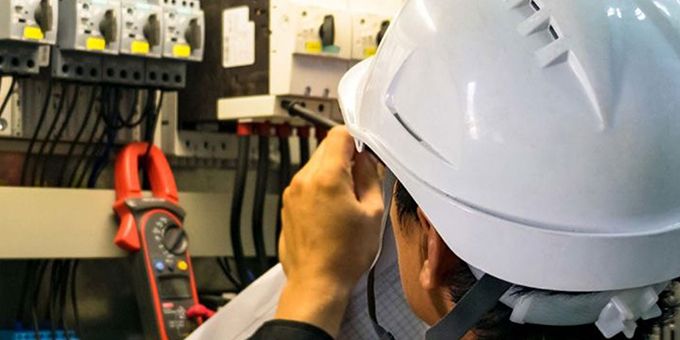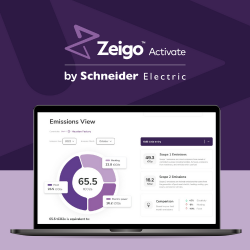Adhesive-backed mounts, or “sticky-backs” as they are sometimes referred to, come in three types: rubber-based, acrylic-based, and high bond (which is an enhanced acrylic-based adhesive). Each of these are unique and provide their own set of strengths and drawbacks.
 Selecting the Right Adhesive-backed Mounts for the Best Use
Selecting the Right Adhesive-backed Mounts for the Best Use

Article from | Panduit
Adhesive-backed mounts provide a good, easy-to-install way to anchor a wire run to a surface. But with the different choices available, how does one go about selecting the right adhesive? We will explore not only the different choices available but also beneficial tips to follow to get the most out of your use of adhesive-backed mounts.
Adhesive-backed mounts, or “sticky-backs” as they are sometimes referred to, come in three types: rubber-based, acrylic-based, and high bond (which is an enhanced acrylic-based adhesive). Each of these are unique and provide their own set of strengths and drawbacks.
Strengths and Drawbacks of the Three Different Types of Adhesive-Backed Mounts

Rubber-based adhesive-backed mounts are the first consideration when looking for a solution. This adhesive is a good choice suitable for many applications where moderate temperatures are involved. It provides a better initial adhesion than acrylic-based versions, allowing a much shorter period of “wait” time needed before the mount is ready to support the wire run. These mounts are the most economic choice when compared to the acrylic-based and high bond versions, but there is a trade-off: rubber-based adhesive-backed mounts don’t stand up to UV exposure, limiting these to indoor use only, away from exposure to UV rays.
Acrylic-based adhesive-backed mounts amp up the performance over rubber-based. These can withstand UV exposure and handle higher temperature environments, therefore suitable for outdoor use and cover many more applications. The trade-off, though, is a much longer dwell time needed before the mount is ready to support a wire run. We recommend 8 hours compared to the 2 hours recommended for rubber-based.
High bond adhesive-backed mounts level up from acrylic-based, covering a greater temperature range. This adhesive also gives the added benefit of doubling the static load strength, providing a 1 pound per square inch load rating (compared to 1/2 pound per square inch on the rubber- and acrylic-based). This is a good choice when a higher static load tack strength is needed, such as in cases where wires are routed along control panel access doors that frequently open and close, putting higher load on the mount. Like the acrylic-based, high bond requires the same recommended dwell time (8 hours) prior to loading.
Summarizing the Three Types of Adhesive-Backed Mounts
Rubber-based adhesive:
- Generally used for many applications where moderate temperatures are involved
- Temperature performance tolerance range of -20 F to 120 F
- Limited to indoor use (poor UV resistance); limited to humidity-controlled environments
- Recommend 2 hours dwell time prior to hanging a load
- Static load strength of 1/2 pound per square inch
Acrylic-based adhesive:
- Suitable for higher temperature applications and where exposure to ultraviolet light will occur
- Acrylic adhesive ages better than rubber adhesive and resists moisture better
- Temperature performance tolerance range of -20 F to 180 F
- Recommend 8 hours dwell time prior to hanging a load
- Static load strength of 1/2 pound per square inch
Applying a Simple Surface Preparation
To get the most out of these adhesives and for the best results we recommend simple surface preparation. For each individual application, a solvent or cleanser (mixture of water and isopropyl alcohol as suitable for most surfaces) could be used to thoroughly prepare the surface for mount installation. Make sure to allow the surface to dry completely before applying the mount. When ready to apply the mount, remove the release liner. From there without touching the adhesive, place the mount at the desired location. Apply firm pressure (give it 5 seconds – count “1-potato, 2-potato, …, 5-potato”) to insure proper adhesion. Lastly, and most critical, allow the mount to remain in place for the recommended dwell time specific for the adhesive used (rubber-based = 2 hours; acrylic and high bond = 8 hours).
For more information on adhesive-backed mounts, refer to our selection guide that covers this topic and includes part numbers and technical components on how to determine the number of mounts to use in a given application.
The content & opinions in this article are the author’s and do not necessarily represent the views of ManufacturingTomorrow
Comments (0)
This post does not have any comments. Be the first to leave a comment below.
Featured Product

